Climbing roses - what are they, care features, watering, pruning, propagation

Climbing varieties of roses are the best option for creating landscape design. Many people decorate their garden plots with such plants.
Each type has its own characteristics. In this article we will look at the climber rose variety - what it is, and learn how to care for them.
Content:
- Climber rose variety, what it is, description
- Climbing rose blossom
- Climber rose varieties: polka, coral sunset, picnic, golden and others
- Where to buy climber roses
- Where and how to plant correctly
- Rules of care
- Watering
- Feeding
- How and when to prune
- Bush propagation
- Pests and diseases
- What to choose for the garden: a climber or a rambler rose, what are their differences?
Climber rose variety, what it is, description
Rose climber is a branched plant, the English word climb translates as “to climb.” This species was created by crossing a tea rose with climbing rose and floribundas.
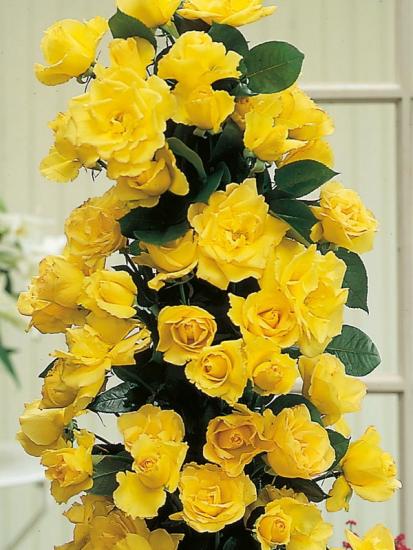
We took only the advantages of these plants, and the result was a very beautiful rose.
Characteristics and characteristics of plants:
- The flowers are large and have different colors.
- Tall stem, can grow up to four to six meters. The stem is straight and does not bend due to its rigidity.
- The leaves are glossy and green in color.
- The bushes grow slowly, but as a result a powerful, branched shrub grows.
- The variety is considered frost-resistant.
- Mainly used for vertical gardening or landscaping.
- Susceptible to attacks by pests and various plant diseases.
- The main feature of this rose is that it blooms several times throughout the year.
Climbing rose blossom
This bush, unlike other climbing roses, blooms profusely from the first years of life. Buds are formed on all shoots.
The flowers are very fragrant, large, collected in inflorescences of 4 to 10 pieces. The buds bloom several times per season.
Inflorescences are formed on both old and young shoots. The first flowers appear in July, the second flowering begins in early September.
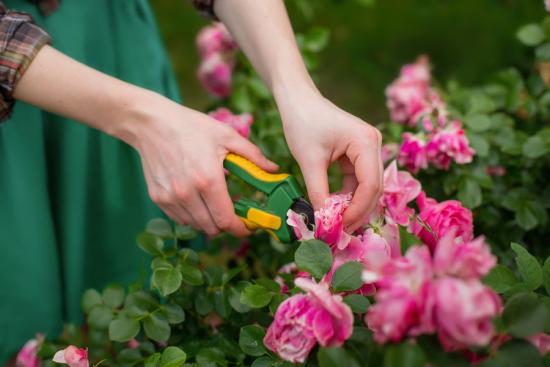
However, not all climbers have the same flowering period, so before purchasing a seedling you need to clarify this issue.
Flowering directly depends on the care and pruning of the bush.
Varieties of climber roses: polka, coral sunset, picnic, golden and others
There are a lot of varieties of climber roses, here are some of them.
| Polka variety | The bush is low and not very remarkable in appearance. However, during the flowering period, the plant is literally covered with double apricot-colored flowers. The size of the bud is twelve centimeters. A special feature is that the bush blooms three times per season. The flowers are fragrant. The disadvantage is the fear of frost; if you do not wrap the plant in late autumn, it will die. |
| Variety Golden | This rose was bred in 1933. The height of the stem reaches three meters. The flowers are yellow, six to seven centimeters in diameter. The plant is resistant to diseases and severe frosts. |
| Sunset coral variety | The variety is considered slightly spreading. Needs to be planted in an area with a lot of sun. The flowers are spherical, very dense (one bud has at least 40 petals), the diameter is 9 cm. The inflorescences are pink and coral in color. The leaves are glossy, dark green.There are thorns. The species is winter-hardy. |
| Variety Dukat | It blooms several times per season, but has few inflorescences. The flowers have a very pleasant but weak scent. It is important to plant in April. This species is quite whimsical, does not like rain, frost and often gets sick. |
| Variety Don Juan | Up to five scarlet buds grow on one stem. The diameter of one flower reaches ten centimeters. This species is not afraid of precipitation. In summer and autumn, the inflorescences develop continuously and have a strong aroma. |
As you can see, each variety has its own individual characteristics, so before planting you need to familiarize yourself with their characteristics.
Where to buy climber roses
You can purchase high-quality seedlings in specialized flower shops or an online store. It is better not to buy flowers at markets, as they take root less well and are not processed correctly.

Before purchasing, it is important to check the stem and root for viability.
It is important to pay attention to the following nuances:
- The shoot should be uniform, green, young. There should be no stains.
- The root must be well developed.
- The leaves are large and green.
Before purchasing in an online store, you can find out about all the details from a consultant. For safe transportation, the plant must be placed in a special hydrogel.
Where and how to plant correctly
It is important to follow some rules:
- Climbers need lighting, so planting should be done in an area that receives a lot of sunlight.
- It is important that the groundwater is at least two meters deep.
The height and width of the hole is half a meter. If the soil is not suitable for growing a given crop, dig a hole up to a meter and change the soil.
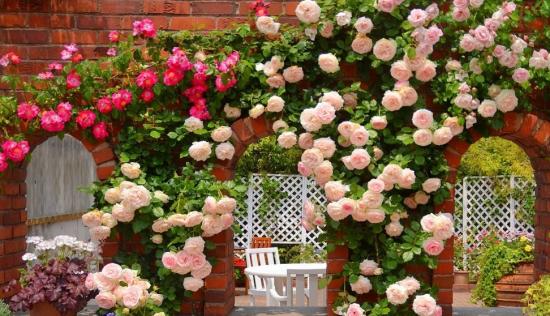
If the site has clay soil, a 20-centimeter layer of drainage should be poured into the bottom of the hole. For sandy soil, clay soil is used as drainage and a layer of ten centimeters is poured.
During planting, the root system must be carefully covered with earth and then with humus. Now water it abundantly, when the soil settles, add more soil.
The ground near the bush is mulched; for this you can use: leaf humus, wood chips, peat, seeds, buckwheat husks. This helps retain moisture and prevents weed growth.
If there is a gazebo or fence nearby, then the flower should be planted at a distance of half a meter from the structures.
Following these recommendations will help the plant grow properly and remain presentable.
Rules of care
To provide qualified plant care, you must follow these rules:
- Watering. It is important that the soil is not dry, but not excessively wet.
- Lighting. If there is a lack of light, fungus will begin to form on the bush, which will negatively affect flowering. The area should be warm, but protected from drafts.
- Carry out therapeutic and preventive treatment against insects and diseases.
- Perform fertilizing.
- Periodically loosen the soil and remove weeds.
- Prune and shape the bush.
We invite you to watch an interesting video about what climber roses are and what care they require:
Following these recommendations will allow the plant to bloom long and beautifully. Let's look at each step in more detail.
Watering
In the first year after planting, young seedlings need regular and frequent watering in summer and autumn. In other cases, the rose requires infrequent watering, but it needs to be poured for a long time until the soil is wet to the depths.
Drip irrigation is considered ideal; it does not clog the soil and helps maintain moisture for a long time. After watering, it is necessary to loosen the soil.
Feeding
Since the soil is fertilized when planting a seedling, fertilizing is not carried out in the first year.
In the second or third year, fertilizer must be applied up to five times during the growing season. Separately, foliar and root feeding can be carried out using ash and organic substances.
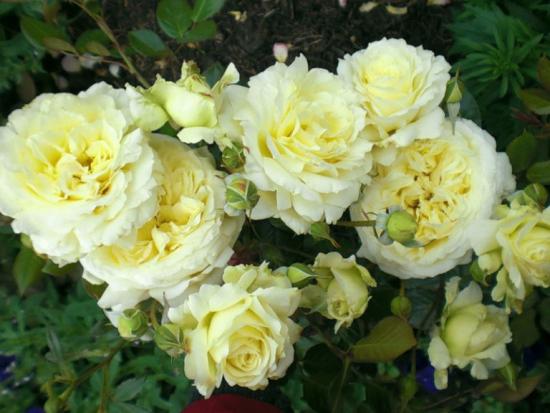
You can also use the following as fertilizer:
- humus;
- superphosphate;
- phosphorus;
- calcium
Do not overdo it, as excessive amounts of fertilizer reduce frost resistance.
How and when to prune
Pruning is done in order to preserve only young and strong branches on the bush. Too long lashes need to be trimmed, especially if the flower grows near a fence.
The main pruning should be carried out in the spring. It is necessary to cut off all areas that have frozen during the cold weather or have shrunk. Next, the tips of the branch branches are trimmed until a few buds remain.
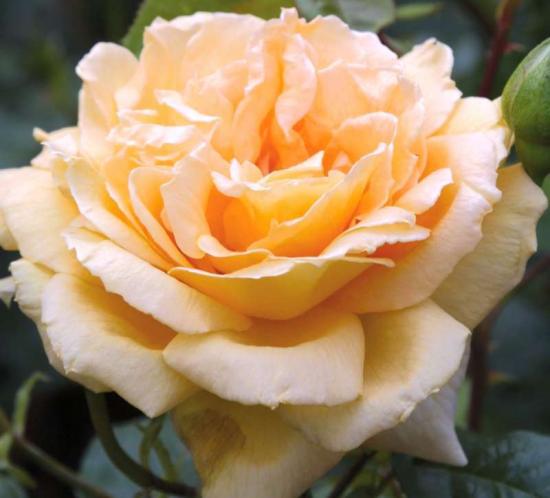
In summer, small pruning is also done. It is necessary to remove all faded flowers. Thanks to this, the bush will not waste its energy on producing seeds, but will bloom again, releasing new inflorescences.
You should also shorten the side shoots and keep the long ones. To carry out the manipulation you will need a sharp knife.
It is impossible to prune the climber excessively, otherwise it will not be able to overwinter or will not produce inflorescences. Full pruning is recommended, only in case of frostbite on the bush.
For more information about the rules for pruning roses, see the video:
Bush propagation
Reproduction is carried out in several ways:
- cuttings;
- layering.
Cuttings are the most effective method. Reproduction by this method is carried out in autumn or spring. A small cutting is cut off, placed in boiled water and transplanted into the ground. Subsequently, the shoot will release its own roots and begin to grow.
To propagate by layering, you need to take a shoot located near the root system. It should not be cut off, but in early spring, pressed to the soil and covered with earth.
If the cuttings take root on their own, then at the end of summer it can be cut off from the main bush, and if there are no roots, then it can be separated the next year.
It is recommended to use only one cutting per year, as the mother root becomes weaker and the plant may suffer.
Pests and diseases
Unfortunately, the flower is susceptible to attack by insects, and without preventive procedures it often gets sick.
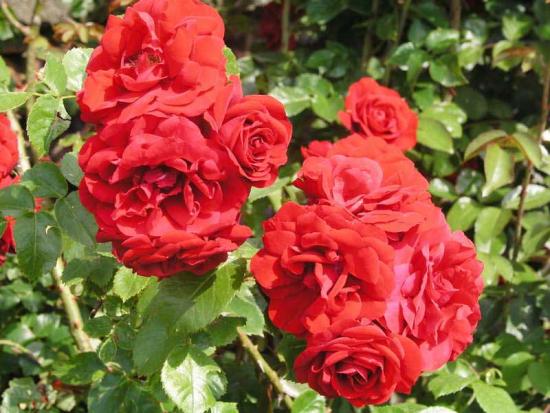
The most common diseases for climbers are:
- rust;
- gray rot;
- black spot;
- powdery mildew;
- bacterial cancer.
For treatment, only removal of infected areas is used. Chemicals are used only when absolutely necessary.
The following insects are considered partial to the plant:
- cicada;
- spider mite;
- sawfly;
- thrips.
To get rid of pests, a special solution is used, which can be purchased at flower shops. Among folk remedies, decoctions based on yarrow and wormwood, or soap and tobacco, are effective.
What to choose for the garden: a climber or a rambler rose, what are their differences?
Young gardeners believe that branched roses differ from each other only in shape and color, but this is not so.

Let's look at the differences between the Rambler rose and the climbers; for clarity, we'll use the table.
| Ramblers | Klaibers |
| They have a soft, elastic stem that grows very quickly | They have a hard, thick stem that grows slowly |
| Depending on the variety, the shoot can reach a height of more than ten meters | Maximum height – 6 meters |
| Roses are used to decorate large fences, arches or gazebos; they need supports | Bushes do not need supports. This plant should not be used to decorate arches, since the branches are very difficult to tie up to give the desired shape |
| Flowers are small, diameter no more than 4 cm. Buds are semi-double, simple | Flowers are large, up to 10 cm, mostly double |
| Single flowering, the bush blooms in June, flowering lasts 14 days | They bloom all summer and re-bloom |
| Afraid of frost | Many varieties are frost-resistant |
| Prefer to grow in the shade | They grow only on the sunny side |
So, climber is a very beautiful variety of climbing rose.
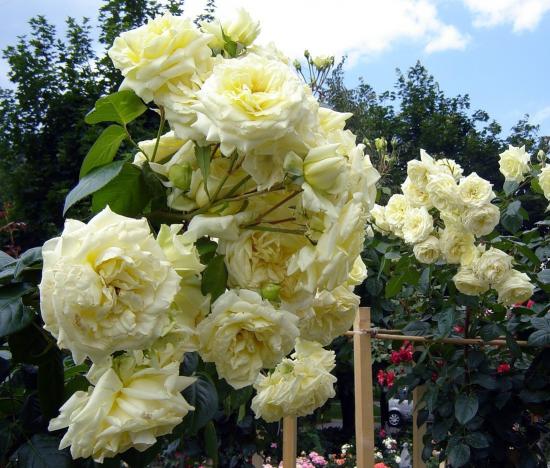
The plant has its own characteristics; because of its attractive appearance, it is very popular among gardeners.
If you follow the care recommendations and carry out preventive measures in a timely manner, then no problems will arise.


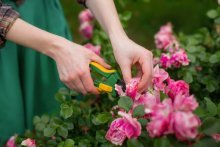
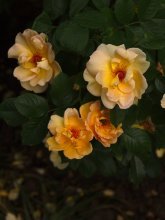
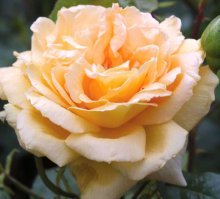


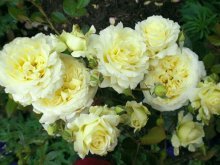
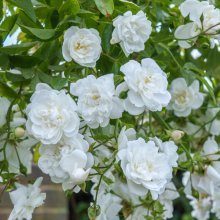
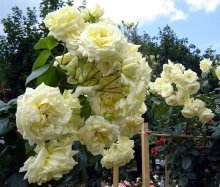
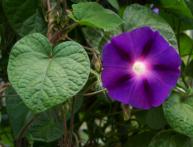

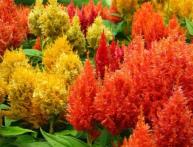

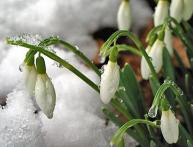

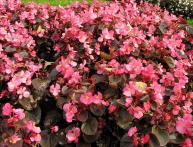
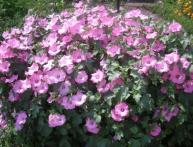
Comments
I have long wanted to get a climber rose of several colors and decorate the arch in the garden and the gazebo. True, this climbing shrub will have to be planted only from the sunny side, because the climbing rose does not grow well in the shade.